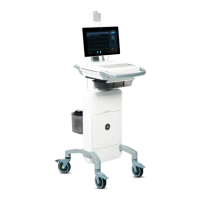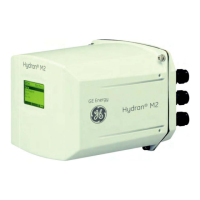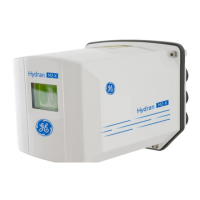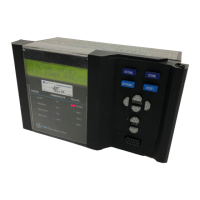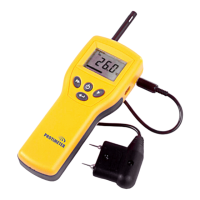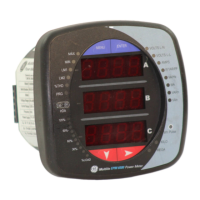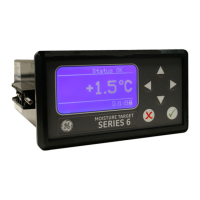3. Setting Up the DMS 2
Page 70 DMS 2 Operating Manual
)evaWlanidutignoL(slairetaMsuoiraVniseiticoleVdnuoSlacipyT:1.3elbaT
rePsehcnI
dnocesorciM
rePsreteM
dnoce
S
rePsehcnI
dnocesorciM
rePsreteM
dnoceS
munimulA0052.0036nolyN0001.0052
ssarB0071.0034cilonehP0650.0041
muimdaC0011.008
2munitalP0061.0014
norItsaC0081.0064salgixelP0011.0082
reppoC0081.0064enelyhteyloP0070.0081
niseRyxopE0011.0082enerytsyl
oP0390.0042
)nworC(ssalG0022.0065enahteruyloP0070.0081
)wodniW(ssalG0072.0086nialecroP0022.0065
dloG0031.0033)lytuB(reb
buR0370.0091
lenocnI0022.0065).cluV(rebbuR0090.0032
daeL0580.0022revliS0041.0063
muisengaM0032.0085leetS0032.0085
esenagna
M0081.0064niT0031.0033
munedbyloM0052.0036muinatiT0042.0016
lenoM0012.0035netsgnuT0012.0035
enerpoeN0360.0061cniZ0061.0014
le
kciN0022.00652yolacriZ0091.0074
Table 3-1—Typical values for the velocity of sound in many common materials. Because processing, exact material
composition, and temperature affect velocity, these values won’t precisely match the velocity in the material being tested.
NOTE: This information is provided for the convenience of the user. GE Inspection Technologies assumes no responsibility
for inaccuracies. Actual velocities depend on exact composition, temperature, and processing of each material.

